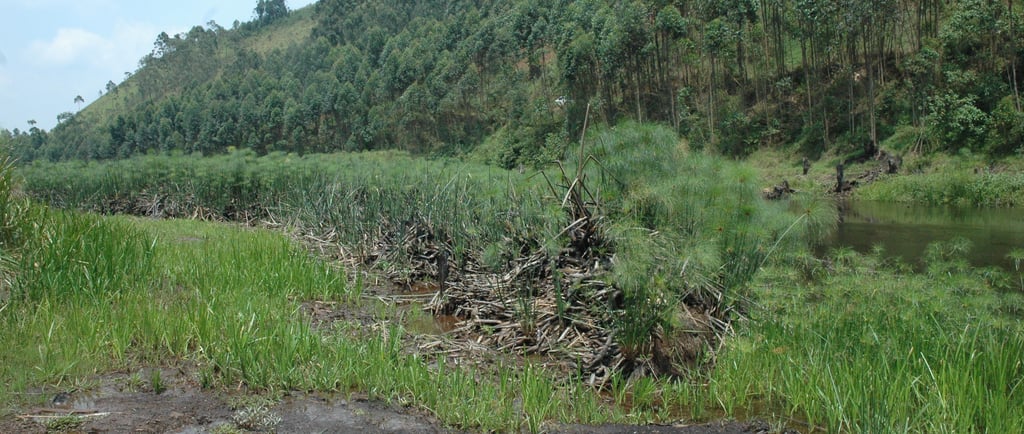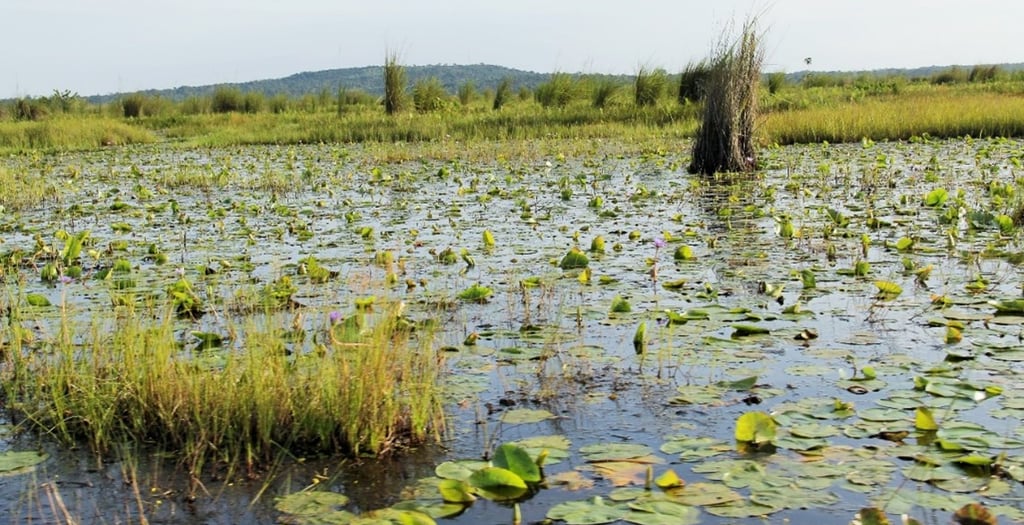Is the land waterlogged?
Understanding land condition
8/28/20232 min read



Determine if a specific area of land is waterlogged before you buy.
Checking whether land is waterlogged before buying it is a crucial step in the due diligence process for several reasons:
Visiting a piece of land during rainy weather to assess if it's waterlogged can be a good idea if you're considering purchasing the land or planning to use it for a specific purpose. Here are some reasons why it might be a good idea:
Realistic Assessment: Rainy weather can give you a more realistic view of how the land handles water, as opposed to visiting during dry conditions. It allows you to see if there are any drainage issues, low-lying areas, or spots prone to flooding.
Environmental Impact: Understanding how the land reacts to rain is essential for assessing its environmental impact. It can help you make informed decisions about potential landscaping, erosion control, or water management measures that may be required.
Property Value: Identifying waterlogged areas during rainy weather can also influence the property's value. You can negotiate a better price or request necessary repairs or improvements to address drainage issues before finalizing the purchase.
Land Use Planning: If you have specific plans for the land, such as building structures, farming, or landscaping, knowing how water behaves on the property during rain is crucial. It can help you plan your projects more effectively.
Regulatory Compliance: Local regulations and zoning laws often have specific requirements for dealing with water runoff and drainage. Visiting the land during rainy weather allows you to assess whether the property complies with these regulations or if modifications are needed.
However, there are some precautions to keep in mind:
Safety: Be cautious when visiting land during heavy rain or storms. Flooding and slippery conditions can pose safety risks.
Professional Guidance: Consider consulting with a land surveyor, geotechnical engineer, or a real estate professional who can provide valuable insights into the property's drainage and soil conditions.
Document the Visit: Take photos and notes during your visit to record any waterlogged areas or concerns. This documentation can be useful for future reference and negotiations.
In summary, visiting land during rainy weather to assess waterlogging is a good idea if done safely and with a clear purpose in mind, such as property evaluation, planning, or compliance. However, it's essential to take precautions and seek professional advice when necessary to make informed decisions about the land.

